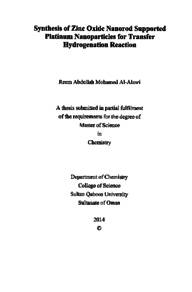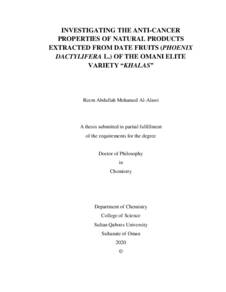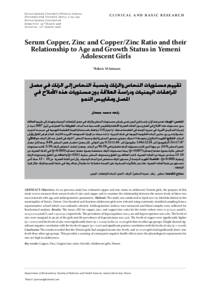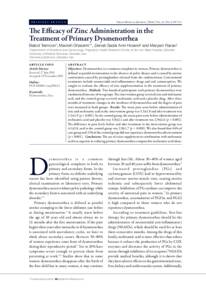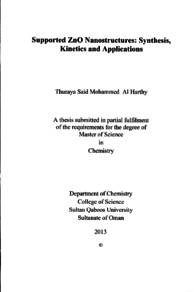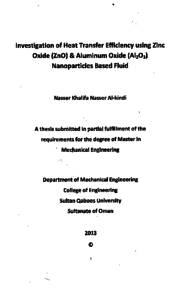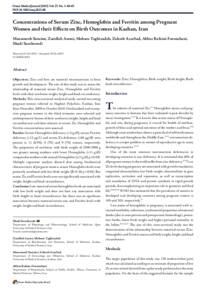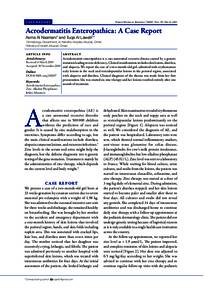Document
Synthesis of Zinc Oxide nanorod supported platinum nanoparticles for transfer hydrogenation reaction
Publisher
Sultan Qaboos University
Gregorian
2014
Language
English
Subject
English abstract
Inorganic oxides such as, alumina, ceria, zirconia and zinc oxide are materials of INC e choice as supports for wide range of heterogeneous catalysts due to their robust electrical, mechanical and material properties. It's an established fact that the activities for heterogeneous catalysts are proportional to the surface area of the support materials. Zinc oxide (ZnO nanowires, nanorods and nanotubes have received increased attention due to their remarkable physical and chemical properties. These nanostructures with enhanced surface area serve as efficient, robust and thermally stable catalyst supports. 1-D ZnO nanorods were epitaxially grown under unshaken and shaken conditions on seeded glass substrates by a low temperature hydrothermal process. For shaken condition, the overall density of ZnO nanorods was increased by 25% compared to unshaken condition. Subsequently, platinum (Pt) nanoparticles were grown directly on the ZnO nanorod supports by using potassium hexachloroplatinate (IV) (K2PtCle) as a source of Pt ions and their a source growth dynamics were studied. As expected, the deposition of Pt nanoparticles on
ZnO nanorods grown under shaken condition increased by 25% leading to increased catalyst activity. The ZnO support and ZnO-Pt catalysts were characterized by X-ray diffraction, transmission electron microscopy (TEM), scanning electron microscopy (SEM), electron dispersive spectroscopy (EDX), UV-visible spectroscopy and inductively couple plasma-optical emission spectroscopy (ICP-OES). The catalytic U activities of ZnO supported materials were evaluated for hydride transfer reactions using cyclohexanol as a model reaction. The catalytic reaction was optimized for time, temperature and solvent to give an optimized cyclohexanon to cyclohexanol conversion of 92% for the PuZnO catalyst
Member of
Resource URL
Arabic abstract
الأكاسيد غير العضوية مثل الألومينا، سیریا، زركونيا وأكسيد الزنك هي المواد المفضلة لتدعم مجموعة واسعة من المحفزات الغير متجانسة بسبب خصائصها الكهربائية والميكانيكية والمادية القوية. إنها حقيقة ثابتة أن انشطة المحفزات الغير متجانسة تتناسب مع المساحة السطحية للمواد الداعمة. اسلاك النانو، أعواد النانو، وأنابيب النانو لأكسيد الزنك (ZnO) حظيت باهتمام متزايد بسبب الخصائص الفيزيائية والكيميائية الملحوظة بها. هذه البنية النانوية مع تعزيز مساحة السطح تخدم دواعم المحفزات كفاءة وقوة واستقرارا حراريا. أكسيد الزنك (احادي الأبعاد على شكل أعواد النانو نمي بشكل افقي على ركائز الزجاج المبذوره تحت ظرف ساكن وظرف مهتز من خلال عملية الحرمائية والحرارية المائية بدرجة حرارة منخفضة. بالنسبة لظرف المهتز زادت كثافة أعواد النانو لأكسيد الزنك ب 25% مقارنة بالظرف الساكن. وبعد ذلك نمت جزيئات النانو للبلاين مباشرة فوق أعواد النانو لأكسيد الزنك الداعم بإستخدام مركب البوتاسيوم هكساكلوروبلاتنيت ( (IV K2PtCl)) كمصدر لأيونات البلاتين (Pt) وتمت دراسة طريقة نموها الديناميكية. وكما هو متوقع. كان نمو جزيئات النانو البلاتين على أعواد النانو لأكسيد الزنك التي تم تحضيرها في وسط مهتز أكثر بمقدار 25% مما أدى إلى رفع كفاءة المحفز او العامل المساعد. وقد تم تحليل ZnO الداعم و ZnO / Pt المحفز بإستخدام مسحوق حيود الأشعة السينية (XRD)، مجهر إلكتروني نافذ (TEM)، مجهر إلكتروني ماسح (SEM)، الطاقة المشتتة للأشعة السينية الطيفي (EDX)، التحليل الطيفي للأشعة الفوق بنفسجية المرئية (UV)،بالحث البلازما مطياف الانبعاث الضوئي ( ICP - OES ). تم تقييم الأنشطة الحفازة لأكسيد الزنك الداعم للبلاتين في تفاعل نقل الهيدراید بإستخدام السايكلوهيكسانول كنموذج للمتفاعل. التفاعل المحفز لتحويل السايكلوهکسانون إلى السايكلوهيكسانول بإستخدام العامل المساعد ZnO / Pt اعطى ناتجا بمقدار 92%.
Category
Theses and Dissertations

